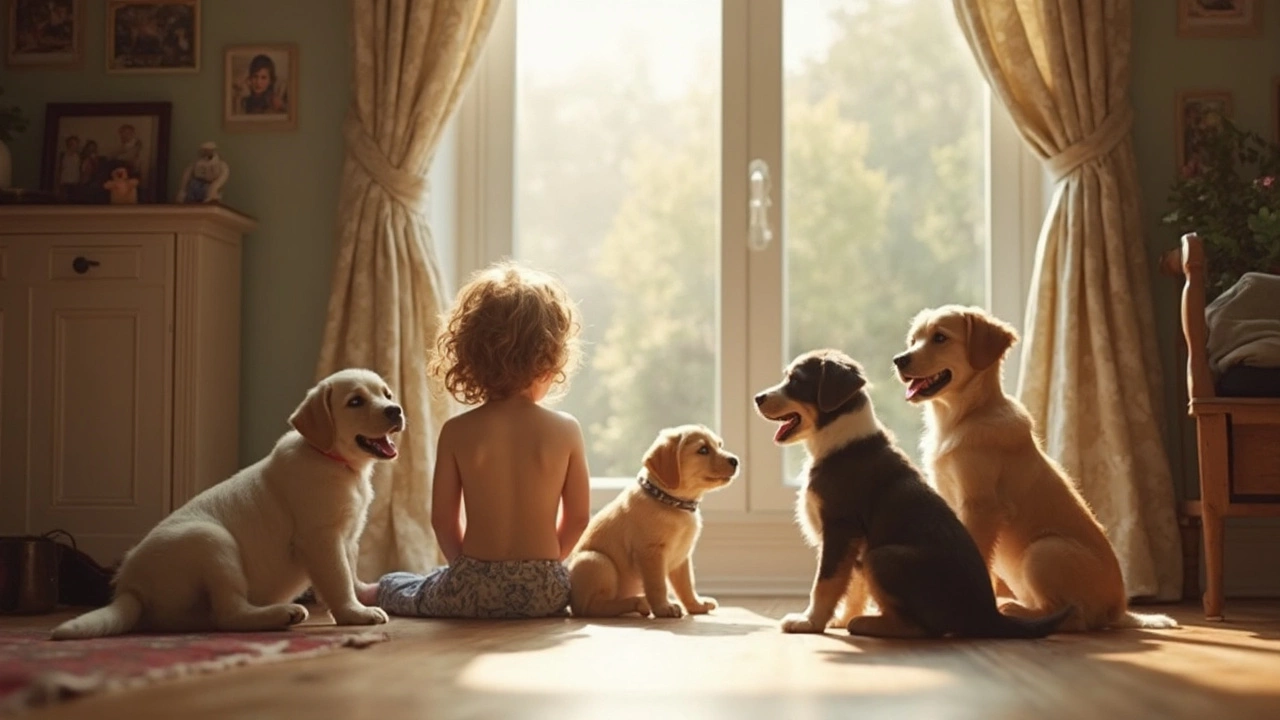Puppy Age Guide – What Happens at Every Month
If you’ve just brought home a fluffy bundle, the biggest question is probably "how old is my pup really?" Knowing the typical age milestones helps you plan vet visits, training, and feeding. Below we break down the most common age groups and give you straight‑to‑the‑point advice you can use today.
Key Milestones by Age
0‑8 weeks: Puppies are still nursing, learning to walk and opening their eyes. Socialisation starts now – gentle handling, different textures, and safe sounds set the tone for confidence later.
8‑12 weeks: First vaccinations, initial teething, and basic crate training. This is when you’ll notice the urge to chew everything, so provide sturdy chew toys and avoid small objects.
12‑16 weeks: Puppy‑to‑adult food switch is often recommended around 12 weeks, but follow the breed’s growth rate. Expect more bark and bite play – consistent "no bite" cues work best.
4‑6 months: Energy spikes, rapid growth and the infamous "puppy biting" phase. Most puppies stop biting hard around 5‑6 months if you redirect to toys and reward gentle mouthing.
6‑12 months: Your pup is approaching adolescence. Start safe free‑roam training at home once they’re reliably house‑trained and can respond to recall. Many owners let them explore the house without a leash around 8‑10 months.
Tips for Each Stage
During the first two months, keep feeding schedules consistent and use a high‑quality puppy formula. Add a pee pad in the crate if nighttime accidents happen, but plan to wean it off by 3 months.
When you hit the 8‑12‑week mark, schedule the core vaccine series (distemper, parvo, hepatitis). Pair each visit with a short training session – short, fun, and rewarding.
Between 3‑5 months, introduce a no‑pull harness if your pup loves to tug on walks. This helps prevent the habit before it becomes a habit. Pair the harness with a gentle “heel” command.
At 6 months, evaluate the need for a calming collar if your pup shows separation anxiety when you leave the house. These work for some dogs, but always monitor for any skin irritation.
Finally, when you’re ready to switch to adult food (usually after 12 months for large breeds, 9‑10 months for small), do it gradually over a week. Mix increasing amounts of adult kibble with the current puppy food to avoid digestive upset.
Remember, every pup is unique. Use these age guidelines as a roadmap, not a strict rulebook. Keep an eye on your dog’s weight, energy, and behaviour, and adjust feeding, training and vet care accordingly. With the right timing, you’ll raise a happy, healthy dog who knows when it’s okay to chew and when it’s time to settle down.
When Is a Puppy No Longer a Puppy? Signs to Look For
Ever wondered when your adorable bundle of fluff actually stops being a puppy? This article explains how puppies grow up, what changes to expect, and why there’s no single answer. Discover the milestones that matter, breed differences, and why the transition from puppy to adult affects more than just behavior. Plus, you’ll get practical tips for caring for your dog at every stage.
